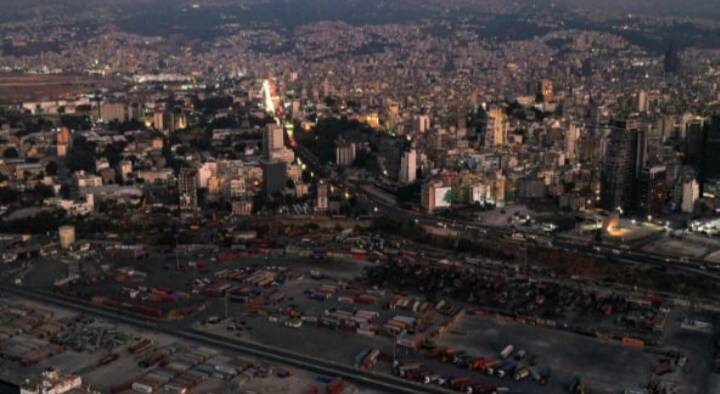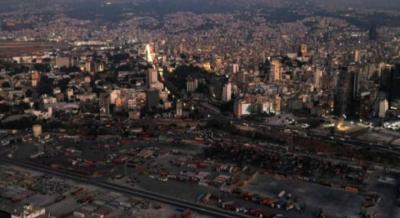A heated debate has emerged in Lebanon regarding the necessity of establishing an independent institution to manage state assets, involving the private sector, in order to enhance performance, increase revenues, and restore deposits. This proposal has been met with warnings about the dangers of "selling state assets" and "entangling them in settling a financial gap" that would benefit the wealthy at the expense of "the poor and future generations." Unfortunately, as is often the case with critical issues in Lebanon, concepts have been distorted, leading to a confusion between the idea of the "state" and that of the "public sector," as well as a mix-up between "assets" and "sectors," which has obscured serious discussion about this reform.
It is important to note that individuals, private companies, and civil society are all part of the Lebanese state. Therefore, state assets include public sector buildings, lands, and institutions, as well as private properties and institutions belonging to individuals and companies. Certainly, no one in Lebanon has proposed selling state assets; rather, the discussion revolves around transferring the management or ownership of some public sector properties to the private sector, while these properties remain part of the Lebanese state. The more accurate expression might be to restructure the public sector, meaning reassessing its current size, evaluating its ability to provide essential services to citizens, and identifying ways to improve these services.
Moreover, a distinction should be made between public assets on one side and economic sectors on the other. For example, Électricité du Liban (EDL) is a public institution that possesses many assets such as production plants, lands, transmission networks, distribution lines, receivables, etc. However, EDL is distinct from the "electricity sector," which includes distribution service providers and companies managing specific plants, along with regional concessions such as Zgharta Electricity, Jbeil Electricity, private generators, and emerging solar farms. To clarify, it is possible to keep the management and ownership of EDL in the public sector—which is mistakenly referred to as "not selling state assets"—while simultaneously opening the electricity sector to private companies to compete with EDL. The media sector serves as an example of this, where Tele Liban and the official newspaper are public institutions operating in the same domain as private institutions, namely other Lebanese televisions and newspapers.
Returning to the core of the discussion, Lebanon currently relies on the following economic models:
1. Monopoly in favor of a public institution: EDL monopolizes the electricity sector, Ogero the internet, and the tobacco and tobacco products monopoly (Regie).
2. Monopoly in favor of a private company: Two companies monopolize the mobile telephony sector.
3. Monopoly in favor of a mixed company: Casino du Liban, in which the central bank has a stake, monopolizes the gaming sector.
4. Dual monopoly in favor of a mixed company: Middle East Airlines (MEA) holds a dual monopoly on air transport, meaning the choice is limited to either MEA or a foreign company or two companies for each travel route.
5. Competition among private companies with significant public sector intervention: The central bank (public) has shielded the banking sector (private) from foreign competition and has taken most of its placements while imposing strict regulatory laws.
6. Competition between public institutions and private institutions: Public transportation buses competing with private buses in the land transport sector, official schools against private schools in education, and public hospitals versus private hospitals in healthcare, etc.
7. Competition exclusively among private companies with little government intervention: This pertains to most economic sectors such as tourism, industry, and agriculture.
It can be agreed that the monopoly models in favor of a public institution, private companies, or mixed companies, or the significant intervention of the public sector (models 1 to 5), have not produced the desired results regarding poor service quality, high costs, or even a lack of necessary transparency. For this reason, we are skeptical that an independent institution to manage public sector assets will significantly enhance performance if monopolies continue across various sectors. We also doubt the public sector's ability to manage monopolies effectively, as the issue lies in the principle of monopoly itself rather than in being public or private.
In contrast, models of competition without significant government intervention (6 and 7) between public and private institutions, or exclusively among private companies, have yielded better results in Lebanon and can serve all citizens, particularly the poor and future generations. Competition, for instance, has succeeded in the food industry by ensuring the availability of required goods, despite electricity shortages that hinder both agriculture and industry. Competition has led to the creation of a leading tourism sector, even with high travel ticket prices in and out of Lebanon. Additionally, competition among schools has managed to provide an acceptable educational level for everyone in most cases, despite issues in communications and internet access. Ultimately, competition-based sectors have managed to secure goods, services, and jobs for all members of the Lebanese population, even though public and private monopolies have obstructed their functioning.
It is worth mentioning that disagreement over competition models is healthy and natural. The left generally prefers the existence of public institutions alongside private companies and does not oppose the presence of private schools, hospitals, electricity, telecom, and airlines, as long as public institutions continue to exist and provide services for the poor, such as public schools, government hospitals, EDL, Ogero, and MEA. Meanwhile, parties inclined towards economic freedom favor the privatization of public institutions, after opening sectors to competition and relying on families or associations to provide social aid to those in need, with the possibility of designating government programs through the private sector. Models based on monopolies are prevalent in countries plagued by corruption, whether socialist or right-wing. Corrupt governments exploit monopolies to appoint their affiliates and assign contracts to their cronies, thus ensuring control over all aspects of governance. What kind of public sector do we want for future generations?




